When I walk this path I never feel alone. Dark eyes seem to watch me as I pass. Hundreds of eyes stand out starkly against silver white bark. Some seem to look down from high above, others meet me eye to eye. I walk along a path through the aspen grove, noticing bark patterns and the design of bare branches. Subtle signs of spring reveal themselves. Wild rose and dogwood hold tiny buds on their branches. New green shoots tentatively reach into last season’s matted dry grass. Spring comes late at 9,000 feet. I walk through the aspen forest this morning for many reasons. My dog and I could use a little exercise. I would love some quiet, and fresh air. Today I also sought this time in the forest because I am weighed down with sadness and grief.
My own personal losses these last few years pale in comparison to many around me, but today I feel a sense of loss that is more a collective sadness. It is the weight and the mystery of complicated, even incomprehensible systems and how they unfold. The heaviness pulling me down today comes from causes and conditions I have no control over, but wish I did. I realize my view of the big picture is limited in some ways because of the society I live in and the culture I was born into. I wish to see beyond these limitations. Today as I walk through the forest, I can tap into a wisdom, and a deep time that is far larger and more expansive than my small human view. It allows me a sense of equanimity that is challenging to hold in my day to day existence.
I am bundled against the cold, but the sun rises earlier each day and low light through the trees has a newness. It illuminates the lightly frost covered underbrush. Last year’s Osha umbels, Oregon grape, and wild rose are now dry, brown, and drooping yet sparkle with crystal light. This forest I walk through is the ancestral land of the Tabeguache and Uncompahgre Ute people. People who had many centuries of relationship to these forests. They intimately knew enchanted alpine meadows, dramatic valleys, and rugged mountains. They lived a migratory life, hunting and gathering across the high mountains in the summer, then settling into the lower dryer valleys for the winter months.
I think about how the forest might have looked then, before the miners, the trappers, the railroads. Today, a few hundred feet above these aspen groves, the forest changes to spruce and fir. There, hundreds of spruce are brown and withered, decimated by a beetle that thrives in a changing climate. I think of the loss of trees, the loss of species. I think of several friends who have lost parents, A friend who lost a son. I think of all the people who have lost someone dear to them. I think of all those who have lost something dear to them. The homes that were lost in fires and floods. The loss of a way of life that never seemed quite so uncertain. Across an ocean, today, cities are being destroyed and people are fighting desperately for an already uncertain life. They are fighting against greed and oppression and many are dying because of this modern-day colonialism.
I’m feeling it all today. My steps are heavy, even burdensome, in the stillness. Yet as I walk deeper into an old grove, and the dog leaps and pounces for buried rodents, the ease grows. Dark eyes stare out at me. Each one was created by some sort of wound to the bark, or a loss of a branch over time. Each eye, a scar. I walk by one where the initials of two people are carved near a heart. Another says John was here. Some of the older trees bear the mark of sheep herders who long ago carved figures of women to ease their loneliness.

Aspen bark has many uses in herbal medicine. It is an antiseptic and an anti-inflammatory, treating wounds and injuries. The bark contains salicin, a constituent similar to aspirin, so it helps sooth pain. Some native people believe that aspen bark contains the medicine of resilience. It is thought to ease fear and doubt. The doctrine of signatures is a theory that goes back to the fourteen and fifteen hundreds. It is a theory that helps explain how humans discovered medicinal uses of certain plants. Physical characteristics of a plant, including shape, color, texture, or smell are said to reveal their therapeutic value. One herbalist told me that aspen bark is used as a medicine for grief. She explained to me that the aspen gains sight because of loss. With each lost branch an eye is formed. Their scars and old wounds are what allow them to see, to see perhaps a much more complete picture of life than we humans could ever imagine. I wonder too if their medicine for grief comes because they are never alone in their loss. They are connected by a vast network of roots. This interconnection of each organism gives them resilience.
Some aspen organisms are connected over hundreds of acres, including old and young. Each organism has its own traits and features. Each organism buds at different times. In the fall they are noticeably more distinct because their leaves change at different times and have varying shades of color. These vast organisms come from one seed, and once established, new trees sprout from what remains of the existing root system. I think of those deep connections. I think of the innate power of survival coming from communication and cooperation. I think of the medicine of resilience.
All of us could use this medicine of connection, sight, and resilience right now. We have so many wounds to heal in this culture of disconnection, misinformation, mass distraction, and loneliness. These last few years we have become even more disconnected from one another. A pandemic has forced us into increased isolation and fear. It has repercussions we may not recognize for years to come. Perhaps as we step out of this pandemic we will crave connection and try to interact on a deeper level. Perhaps we will remember what is most important to us. Some subtle shift could occur. I see it emerging. It is not on the news, where you hear the neurosis. I see it though, when I walk through my town and when I visit other towns. People smile and lock eyes. Even beneath masks.
Aspen are a unique species that actually thrives with stress. They are often the pioneer species after spruce and fir forests burn. When aspen forests burn, or are destroyed by avalanches or landslides, the root system remains and new trees emerge from underground.
I take note again of the connections below my feet. As I walk deeper into the forest, I begin to feel my loneliness and grief soften. I’m not sure if this grove I walk through is of a female or male lineage. Matriarchal or patriarchal, but all trees in the groves are replications of the original lineage holder. Each organism is separated by a distance we humans see as great, but who knows how they perceive it. As much as we try to classify, their intelligence, their concept of time and space are completely unknown to us,

I walk deeper into the forest and deeper into the mystery. Wonder seeps into my small busy mind. I rub my hand on the trunk of a giant grandmother tree. A soft sparkling white film clings to my fingers. I touch it to my heart. Grief should not have to be felt alone. Painful wounds heal with care and attendance of others. The grief I feel for our world is a loss of connection that is pervasive today. Not only are the aspen roots interconnected —there is also a divine tangle of mycelium, bacteria, and mycorrhizae that are all in communication.
The dog runs ahead after a rabbit or squirrel. I begin to really feel the medicine of this forest. My steps have become lighter and a smile has grown across my face. I feel more alive. I feel the miracle of earth. I feel a sense of wonder. I have gone from grief to wonder in about 2.5 miles. My mind shifts from the heavy stories and personal worries, and I begin to embrace a sense of ease. My busy mind slows. The forest is still. Sometimes I only hear the crunch of my own footsteps. I have gone from a narrow view of a wounded world to a place of mystery, curiosity, and magic.
My mind, now so much clearer, is open to mystery. I think of the word wonder — the roots of words, the roots of information, my own roots. A few days ago, I looked up the etymology of wonder. I discovered it comes from the Old English wundor meaning object of astonishment, or a marvelous thing.
I immediately thought of all the wonderful images I see every day, mostly above ground, often I even look up when I imagine wonder to see intricate pattern of branches above my head, sometimes to see hawks soaring. My thoughts often take me on a visual journey of horizons, mountains, clouds, or the starry night sky.
When I explored deeper into the roots of wonder, I saw Old English wundor. Middle Dutch wonder. Old Norse undr. This one caught me, Undr. Suddenly I was drawn below the surface. I began to imagine the mysteries that lie in the dark, in the soil, in the unseen mycelial webs that cover the earth.
I begin to wonder at what lies beneath my feet. I wonder about my own roots. Like the word wonder itself I have old English on both my matrilineal and patrilineal sides, German on my father’s side, Norse. If I trace my lineage back far enough I would find I come from an earth-based tribal people. If we go back far enough, all of us descended from earth-based tribes. All of us had a more intimate connection to the place we walked upon. We were more connected to the mysteries of earth and sky. We knew that what was underground, what was dark, was equally important to the light, the sky.
I think back to wonder, to undr, the wonder in darkness. Wonder contains that element of mystery, the way darkness pulls us into our other senses. In darkness there is mystery, curiosity is piqued. It allows us to feel without the distraction of clear sight. To wonder is to entertain doubt or curiosity.
It feels important for me to contemplate this balance. The light and the dark. The sadness and the joy. We can stop suffering only by choosing to see it. When we allow the grief of loss and impermanence, we can respond to it. We become stronger. We begin to heal. Perhaps we can think of it as composting, like last year’s aspen leaves that nourish what is to come. So we embrace the wonder of it, the undr. We remember the connections that guide us through the darkness.
It is almost time for me to turn around. The aspen forest begins to taper off. I am now in the dense fir and spruce forest. There is more shade along with some old snow drifts. I have spent a few hours wandering and wondering. I have gone from a feeling of heaviness to a sense of ease. This lightness and wonder seem to arrive out of a recognition of something much larger than my own personal fears and doubts. I feel safe and supported to turn toward the darkness and the unknown. Gratitude has replaced my grief. I know that this feeling will pass too, but for now my acknowledgement of this wonderous landscape allows full presence. I am able to be as curious about my inner landscape as I am about the landscape that surrounds me. I have found the silence and stillness to listen deeply. I feel the resilience to return to whatever arises as I step back into my daily life.
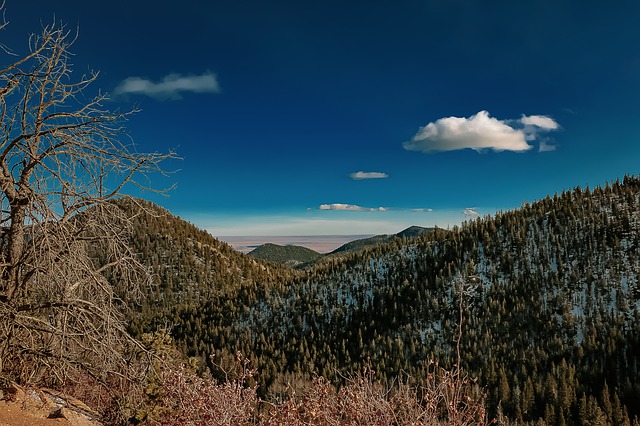

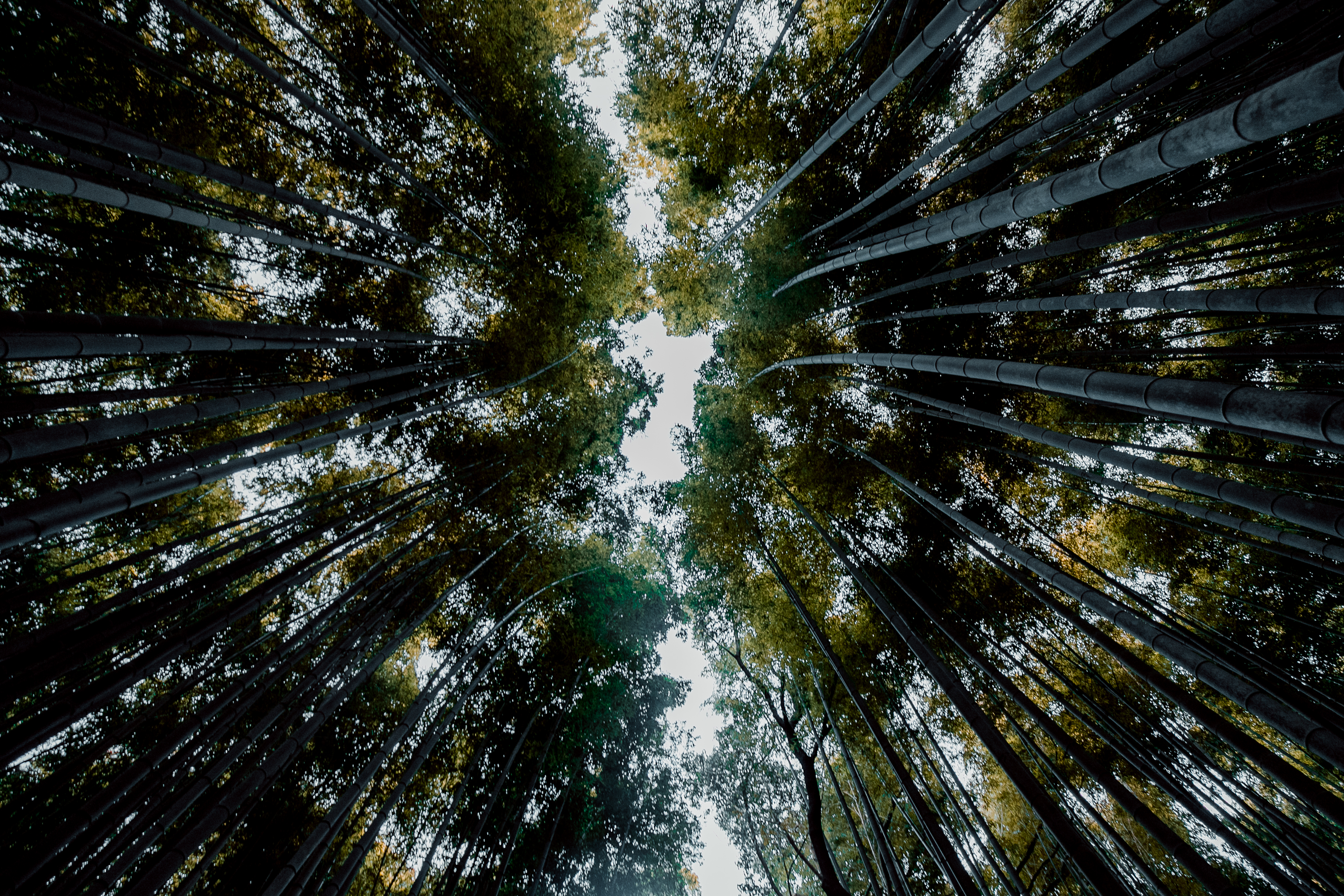
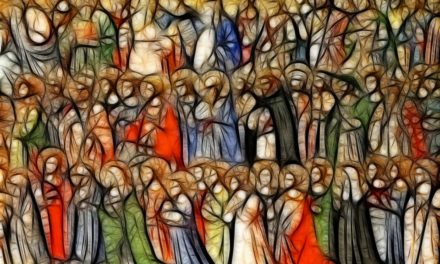
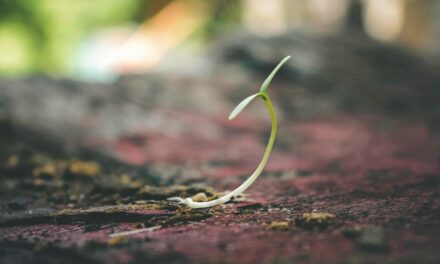

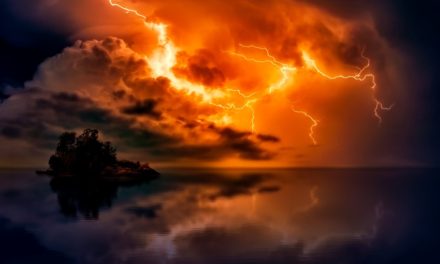

Mmmmmmm wonderful. Yes, we need more nature within.
Thank you, thank you.
Aaaa Aspen medicine! I’ve felt it but never put words to my experience. Felt more calm & uplifted for their presence! Thank you for your words!